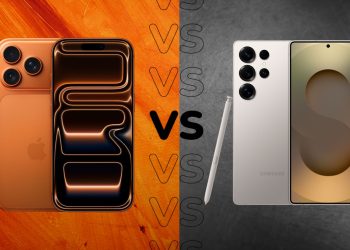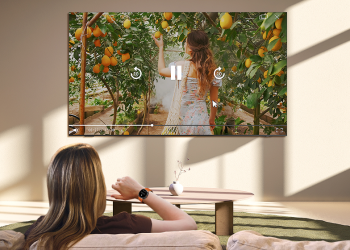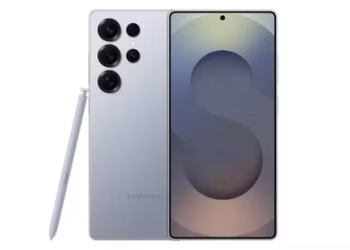Samsung is preparing to enter the XR market in a big way. The Project Moohan XR headset, likely to launch as Galaxy XR, just appeared on Geekbench. Alongside it, two smart glasses—Project Haean and Project Jinju—have also surfaced in benchmark listings.
The Samsung Project Moohan XR headset (model SM-I610) will run on Qualcomm’s Snapdragon XR2 Gen 2 chipset. This processor includes six Cortex-A78C CPU cores, with two running at 2.36GHz and four at 2.05GHz. Graphics performance comes from the Adreno 740 GPU. Together, they aim to deliver fast and immersive XR performance.
Importantly, this chip supports low-latency see-through at 12ms, Wi-Fi 7, and advanced XR features. For example, foveated rendering improves performance by reducing resolution where users aren’t looking. Meanwhile, Space Warp fills in missing frames using motion prediction, enhancing fluidity while reducing strain on the GPU.
Benchmark data confirms that Moohan includes 16GB of RAM and runs on Android 14. This will likely be a custom Android XR OS. The interface should support hand tracking and virtual displays, making it more intuitive for spatial interaction.
Samsung is also working on another XR model, the SM-I130, which is believed to be Project Haean or Jinju. Surprisingly, it uses the same XR2 Gen 2 chipset and also features 16GB RAM and Android 14. Despite its expected smart glasses design, it matches the Moohan headset in raw power. That suggests Samsung wants full XR capability in both compact and immersive formats.
While Samsung hasn’t announced release dates yet, more details may arrive during the upcoming Galaxy Unpacked event. The company typically unveils flagship hardware at this event, which could include its new foldables and now, XR gear.
With these devices, Samsung is positioning itself as a serious competitor to Apple’s Vision Pro and Meta’s Quest lineup. The Samsung Project Moohan XR headset, along with Haean and Jinju, shows how the brand plans to scale XR—from full headsets to lightweight smart glasses.














